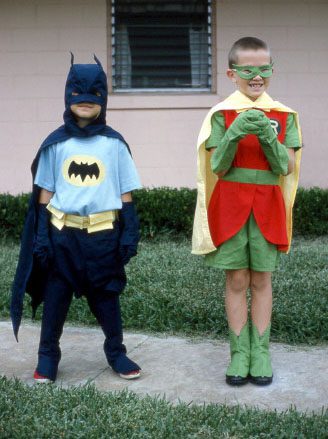Halloween is a time for many people to don different identities, if only just for one night. Unfortunately, many traditional costumes mock cultures and identities, often reinforcing terrible stereotypes about marginalized groups. There is even a Caitlyn Jenner costume available online.
These are some things to ask yourself (and others) when deciding what costume to wear October 31.
Does the costume represent a marginalized group? If so, reconsider. Werewolves and vampires are acceptable.
Am I portraying a different race? If you are not part of that identity, skip the blackface. Getting smurfy with blue paint, though, is okay and encouraged.
Does the costume use stereotypes to represent a culture or race? Skip the headdresses and sombreros.
Does your costume use religious symbols? This includes afros and dreadlocks if they are not part of your culture.
Does it mock human suffering? Nazi costumes are an obvious one, but what about pimps who profit from vulnerable populations? You could even make the argument witches are a stereotype of a concept that killed thousands of innocent women and girls through false accusations. This is not to say that witch costumes should be forbidden—more that one should look at costumes critically to see what messages they might be sending.
If you are altering your gender expression, are you doing it in a way that makes fun of someone else’s? While Halloween can be a great time to try on another gender, it’s not appropriate to do it in a way that mocks folks who are LGBTQ. The best example of this is the Caitlyn Jenner costume.
YAY: ghosts, werewolves, vampires, Smurfs, shark, Viking, pirate, Harry Potter
NAY: gypsy, geisha, Egyptian or other dark-skinned race if you are not of that ancestry, transgender mockery, Afros, dreadlocks,
However, do get creative and think of ways to represent your culture and life in a way that makes Halloween fun, instead of mocking or creating microaggressions against marginalized populations.
Stay safe and have fun trick-or-treating!
